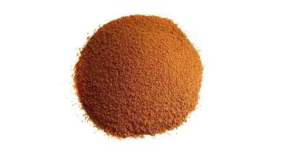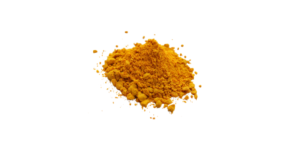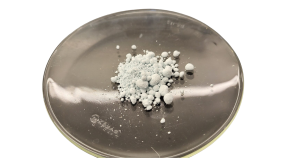
Ferric chloride
Ferric Chloride Uses Production and Safety Guide Ferric chloride may not be a household name, but it plays a crucial role in industries ranging from

Ferric Chloride Uses Production and Safety Guide Ferric chloride may not be a household name, but it plays a crucial role in industries ranging from

Ferric Chloride Hexahydrate A Comprehensive Guide Ferric Chloride Hexahydrate plays a pivotal role across various industries, thanks to its unique chemical properties and versatility. Whether

Exploring Cuprous Bromide (CuBr) Cuprous Bromide (CuBr) is a fascinating inorganic compound with a wide range of industrial and scientific applications. From its role as

Why Dehydrated Foods Are a Game Changer for Your Kitchen and Pantry If you’ve ever wished your pantry could hold more without overcrowding or wondered

Dehydrated Onion and Garlic vs Fresh Cooking enthusiasts and home chefs often face an age-old question in the kitchen. Which is better to use,

Top 10 Dehydrated Spices You Should Have in Your Pantry and How to Use Them Top 10 Dehydrated Spices You Need in Your Pantry Imagine

Essential Oils in the Kitchen Cooking with Garlic Onion and Herb Oils The kitchen is a place of sensory delight, and essential oils open up

Easy Healthy Recipes for Busy People Finding time to eat healthy can feel like an impossible challenge in the middle of jam-packed schedules. Between work

From Farm to Table How Dehydrated Vegetables are Made and Why They’re Better When it comes to food choices, the desire for quality, nutrition, and
+91-8140336650 +91-8799367277
export@ricanoglobal.com info@ricanoglobal.com
RICANOO VIVERS AGRO stands as a globally respected name in the export and supply of both premium agro-products and high-grade industrial chemicals
B115 Safal 11, Nr Namaste Circle, Shahibag, Ahmedabad Gujarat India - 380004
C 403 Sarthak Preksha, Nr Mahapragya Vidya Niketan, Gandhinagar, Gujarat, India - 382421
Copyright © 2025. All rights reserved